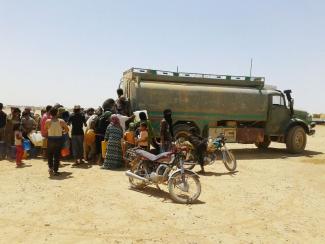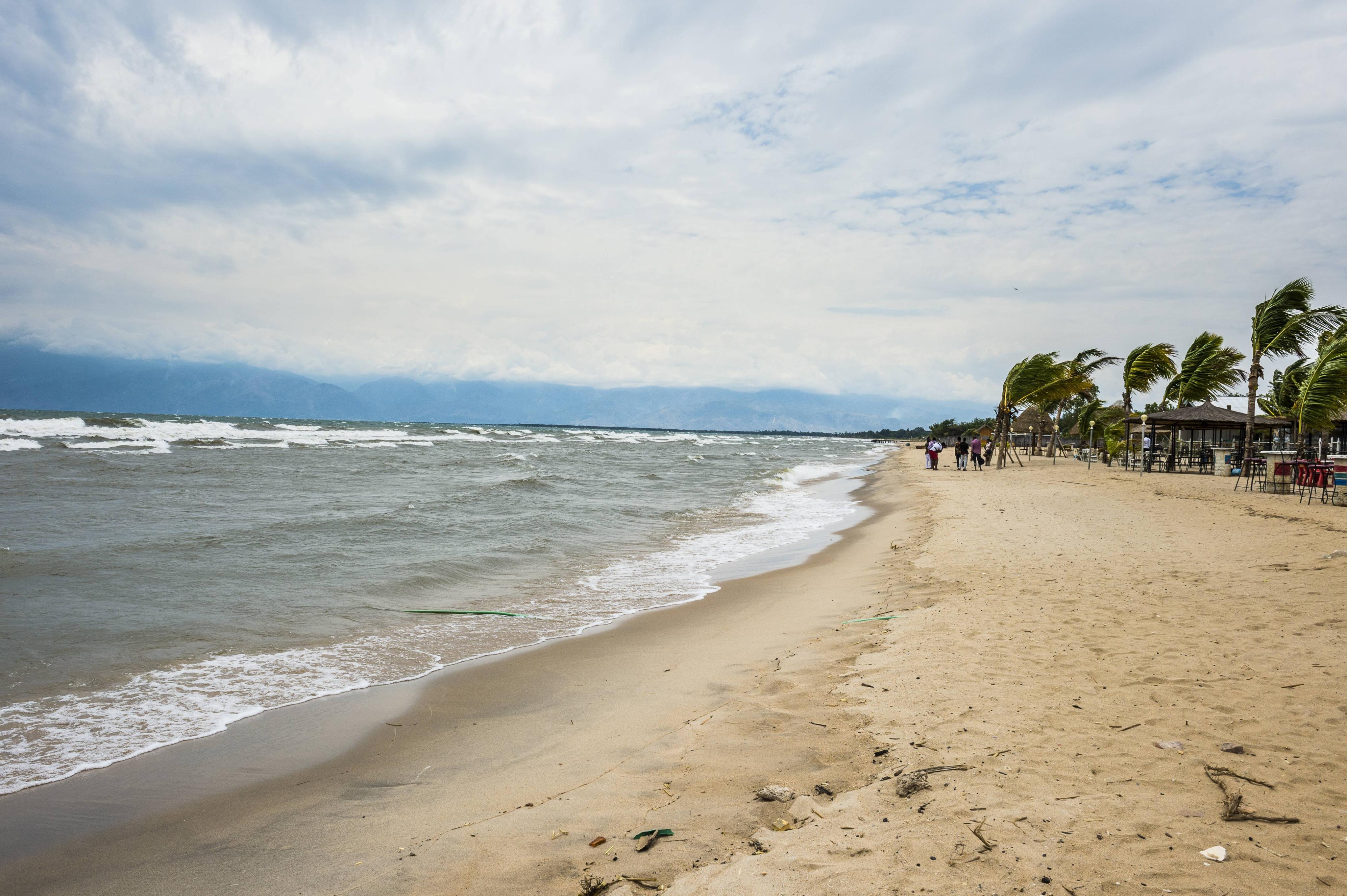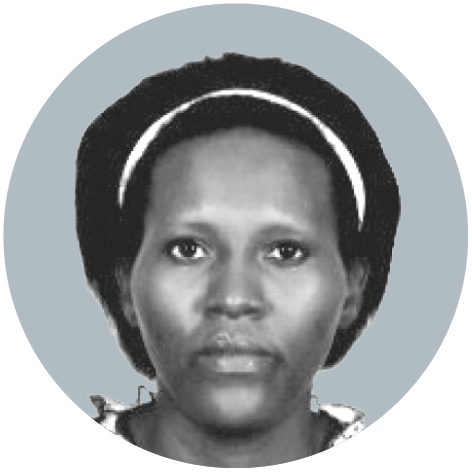Refugees
Water suitcase

James Kung’u from Kenyatta University in Kenya assesses migration in the context of climate change and conflicts over water resource. His focus is on pastoral communities in northern Kenya. With increasing frequency and severity of droughts, pastoralists are roaming ever farther with their herds in search of pastures and water. As weather patterns change, so do their migratory patterns, causing more conflict and competition. The scenario is similar in other African countries (for a Nigerian example see D+C/E+Z e-Paper 2017/06, p. 19, and print edition 2017/07–08, p. 26). Kung’u reports that rural people are increasingly giving up their traditional livelihoods to look for new ones in the cities or abroad.
In Africa, according to Chrispin Kowenje of Masono University in Kenya, three quarters of all livelihoods are nature-based and depend on water, so rainfall is very important. The main challenges that governments face are population growth and climate change, but they lack well-defined policies and proper regulations. Water resources must be managed better, Kowenje argues, and international cooperation can help. The idea is to proactively create and protect livelihood opportunities; otherwise people will be under pressure to leave.
Climate change, water availability and migration are indeed interrelated matters, as Mukand Babel from the Asian Institute of Technology in Thailand told a conference hosted by the ITT (Institute for Technology and Resources Management in the Tropics and Subtropics) of TH Köln, a university of applied sciences, in Cologne in September. Sudden changes of environmental conditions can destroy people’s livelihoods, forcing them to migrate. According to Babel, China, India and the Philippines have the highest numbers of human displacements due to extreme weather events, drought, rainfall-pattern changes and desertification.
When people leave an area, water demand is reduced there. However, it increases in the places the people move to. Babel considers refugees’ water demand to something like a “suitcase” that they bring along wherever they go. Their need must be assessed diligently, he insists. Jordan, for example, is hosting millions of refugees from Syria, Iraq and Palestine. Both the influx of people and climate change are aggravating water and livelihood problems. Food, water and health security are increasingly at risk, Babel says. At the same time, water scarcity is one of several drivers of conflict in Jordan’s strife-torn neighbouring countries.
Arwa Hamaideh from the University of Jordan agrees. Her country is struggling to accommodate masses of people. The main challenge is ensuring that the basic human needs of the refugees are met. Water accessibility is essential, and poor infrastructure is a major obstacle. Low-quality water is being sold from dirty tanks, Hamaideh reports. Moreover, the demand for groundwater is increasing in border areas, depleting resources. What is needed in the refugee camps is education, wastewater management, sanitation and the promotion of water saving, according to the scholar. The refugee crisis is not a temporary matter, so Jordan needs financial help, Hamaideh demands. Moreover, she calls for capacity building in order for everyone’s basic human requirements to be met. She emphasises that climate change is causing problems that are further exacerbated by the influx of migrants.
Water availability can be reduced by natural disasters as well as armed conflict, as Nina Röttgers of TU Berlin says. Either way, exacerbated water shortages may cause migration and flight. She has studied the impacts of Syria’s civil war on the town of Rojava and the impacts of Nepal’s earthquake in 2015. Different international responses are appropriate in each case, she says, but action is needed. That many skilled people leave devastated areas makes reconstruction more difficult. According to her, 2,000 natural disasters have taken place since the year 2000, and 100 of them affected more than 50,000 people.













